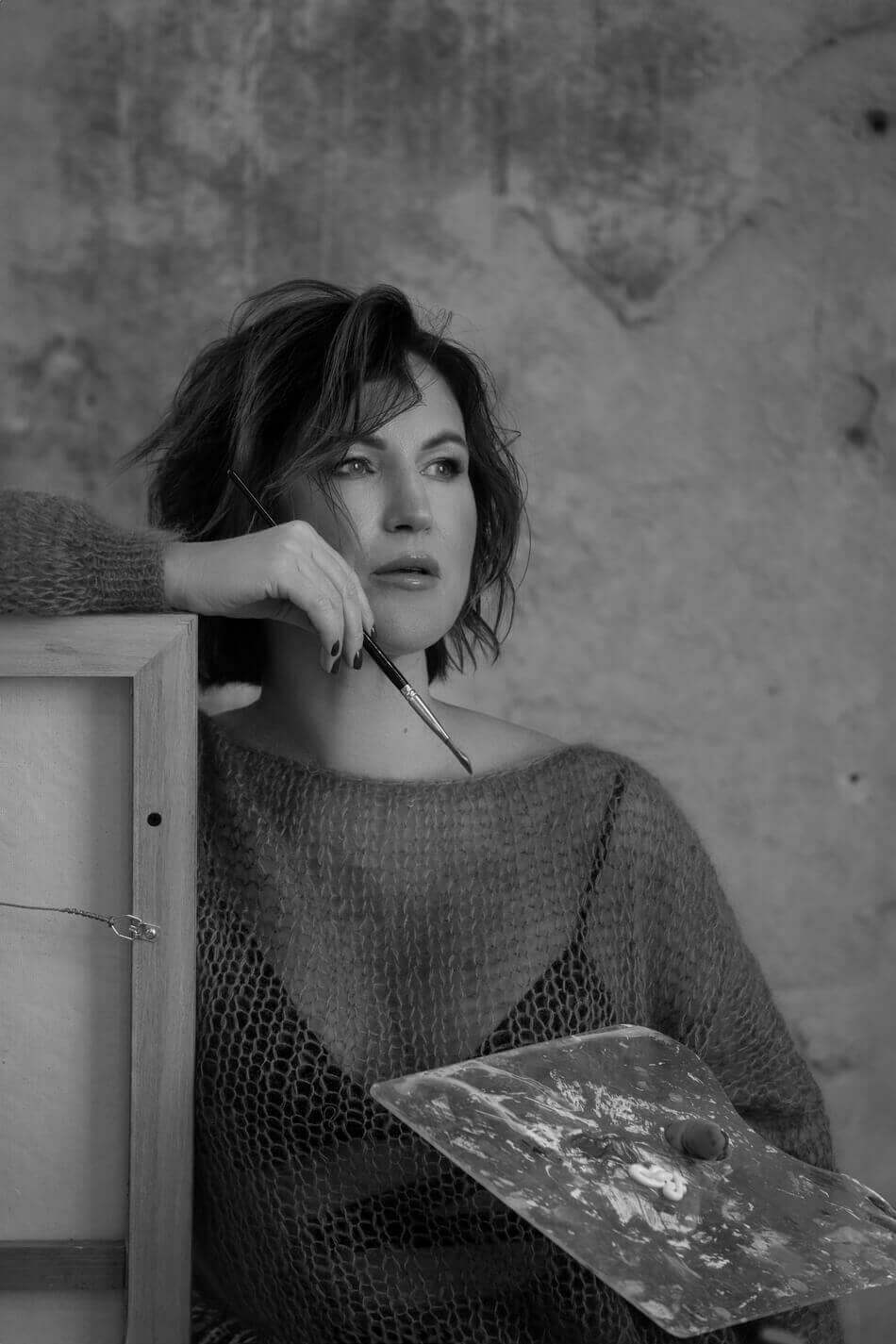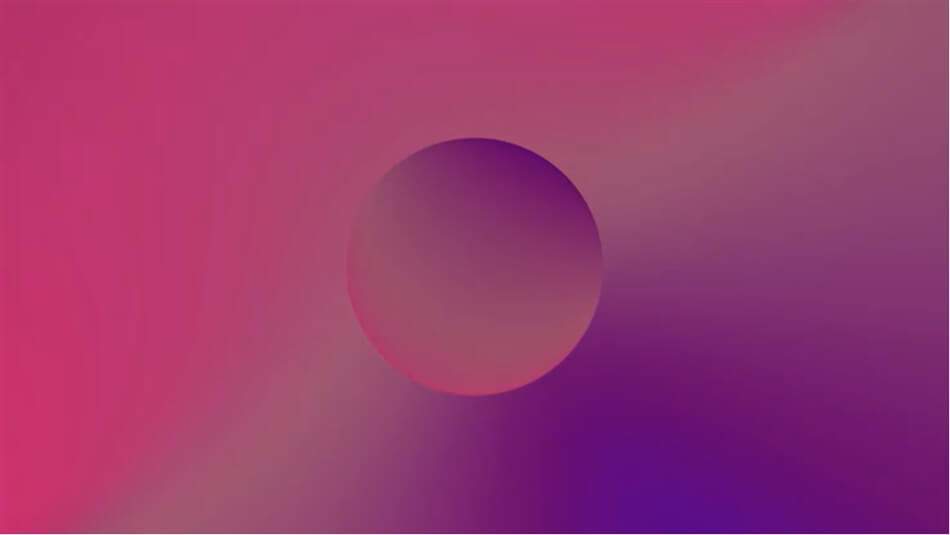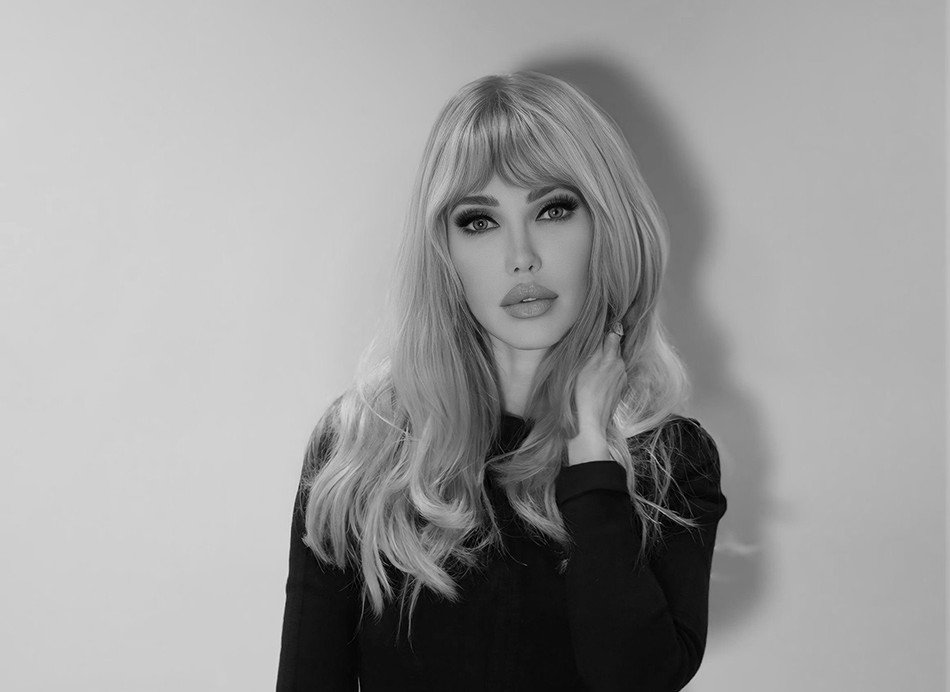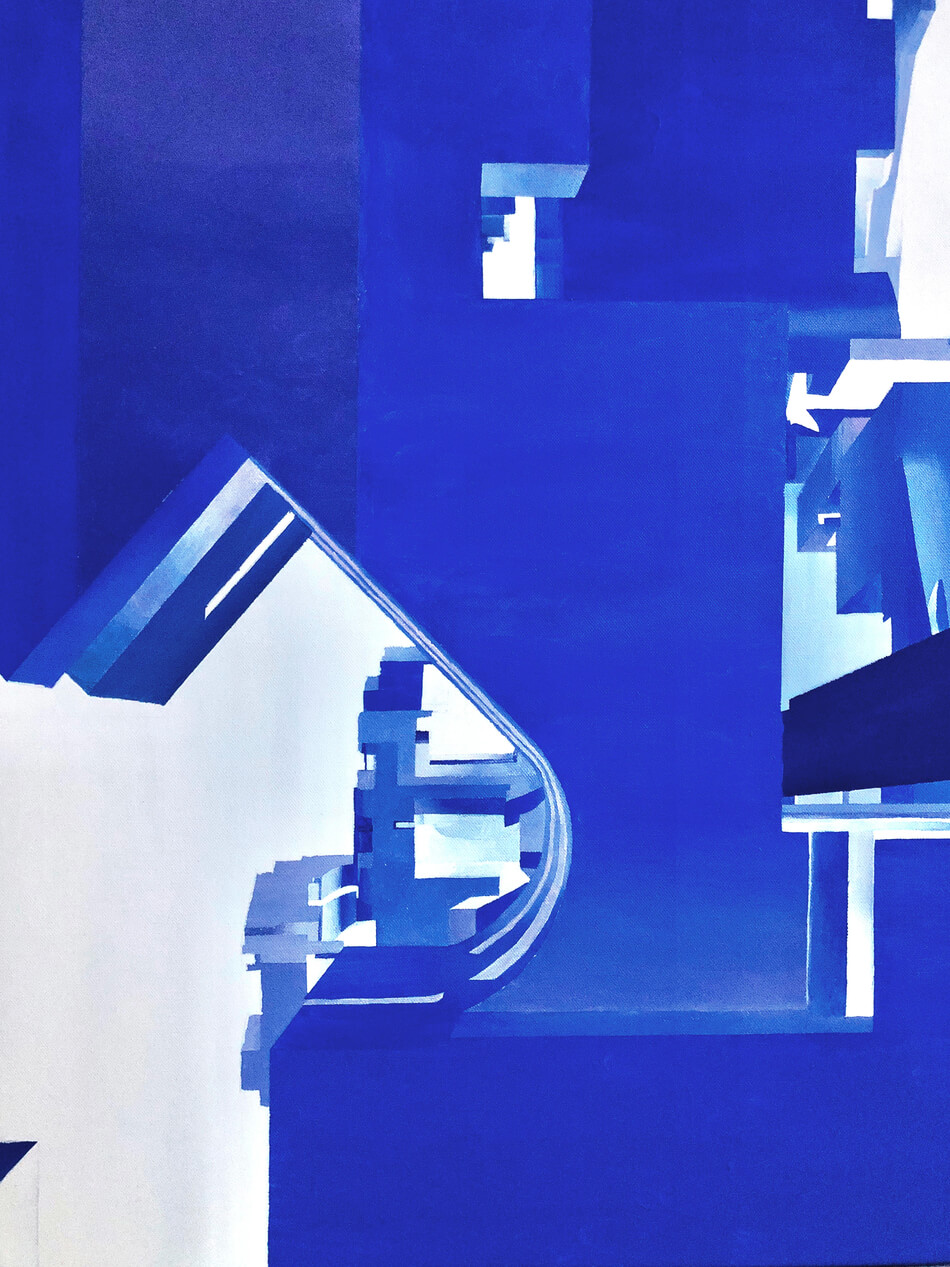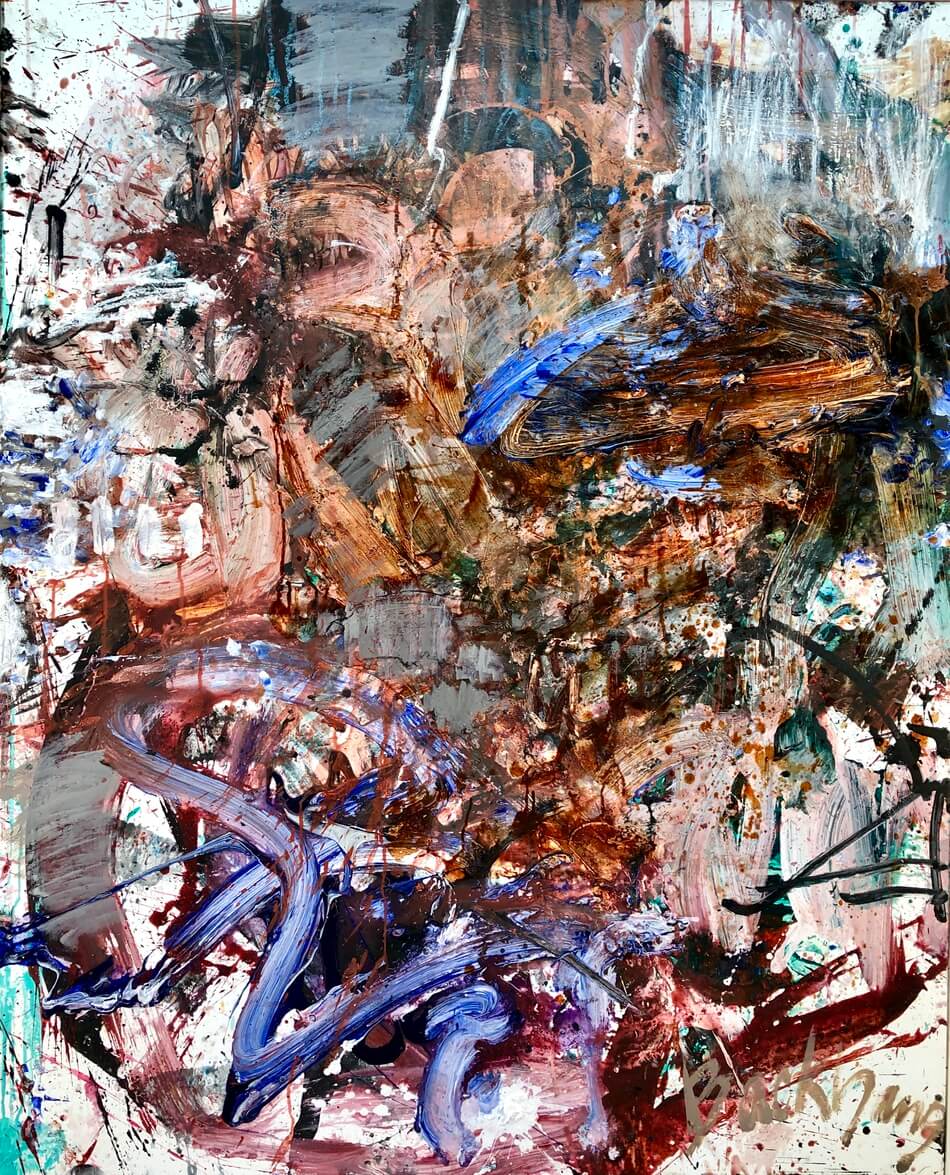
Interview: Peter Backhaus
Luca Curci talks with Peter Backhaus during BODYSPACES, the first appointment of CANVAS INTERNATIONAL ART FAIR 2024 at Palazzo Albrizzi-Capello in Venice.
Peter Backhaus was born in 1947 in Germany. In 1968 he emigrated to Sweden where he studied philosophy, psychology, sociology and art. His paintings are internal images. They don’t talk about everyday life, temporary feelings or experiences from reality. They come from a level beyond time and space, beyond the personal ego, where complete stillness and total chaos coexist. They are like layers in the archetypal landscape, which are deep inside each person regardless of culture or color. He calls his work archetypical expressionism. Backhaus’ art wants to reconnect and spread optimism regarding the human psyche’s ability to bring about change in the same way art has helped him to process his personal German history. Since 1980 he has exhibited his art in many different European galleries and museums as well as in China. Upcoming exhibitions: three exhibitions in 2024, Weiz Kunsthaus (Austria), Greiz Castle Museum (Germany), and Pashmin Art Gallery (Germany). Rothko Museum (Latvia) Dec. 5 2025-22 Feb. 2026. Also during 2025/26, a number of exhibitions in the Middle East, i.e. in Dubai. At the end of this project period, an exhibition at Pashmin Art in Germany 2025.
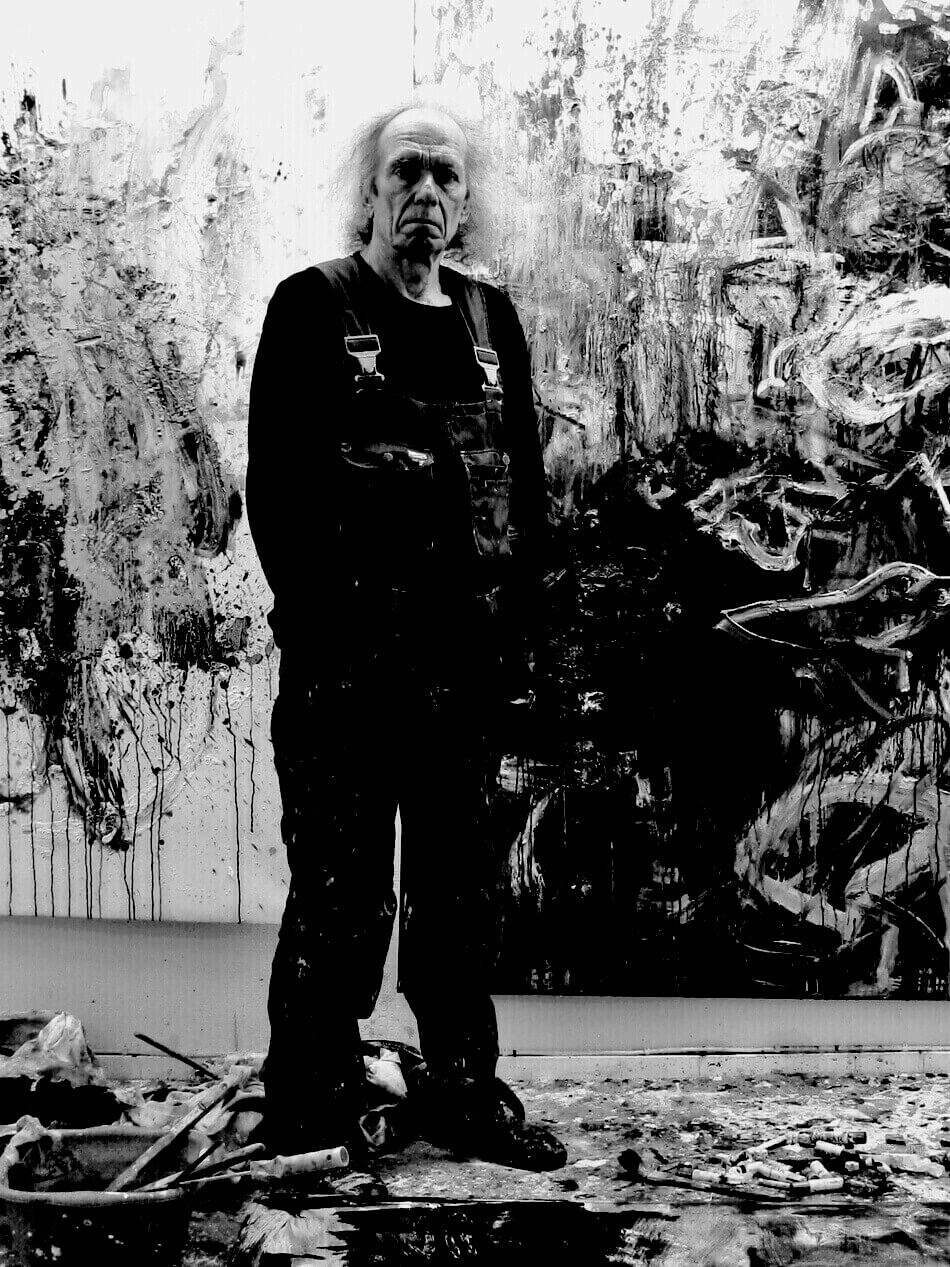
Luca Curci – What are your thoughts while you paint? Do you have any habits or rituals while you work?
Peter Backhaus – When I want to start painting, I always make sure I have a large free surface available on the floor to concentrate on. I put all the material that could possibly be used around it in a big circle. Crayons, charcoal, acrylic paints, water, various glues and solvents, many large brushes, one for each color, earth and sand, maybe things I found in the wood, other tools such as spatulas, bowls, brushes, and unexpected rubbish and debris. And I don’t think. Everything has to be there so I can quickly grab anything to be involved in creation. I don’t want to be interrupted in my concentration, my not thinking, my emptiness, to go look for something. In the center I have laid out what I want to paint on. Large wooden boards, unrolled canvas or a larger number of ready-stretched canvases. It’s different. Now comes a phase of brutal and chaotic action. I allow everything that want to come up in me. Crying, screaming, aggressive attacks, laughter, madness, crawling like ba aby. When most surfaces are covered or show traces of my action, I stop and let it dry. The continuation may be different depending on how it looks. Now I am looking for meaning and contact. Something that speaks to me and attracts me. At this stage, all images are largely anonymous, but they have a potential in them, a yearning to become individuals. Something in each painting whispers: “Here!” It can be a combination of colors in a small spot, a texture, an incomprehensible lump, or liquids intersecting, fat and lean, that attract my attention. My continued work consists in sensitively and lovingly helping them to life and exist. It is no longer me who decides how it should look, but each painting has its own individuation process. Most often this happens with oil paints.
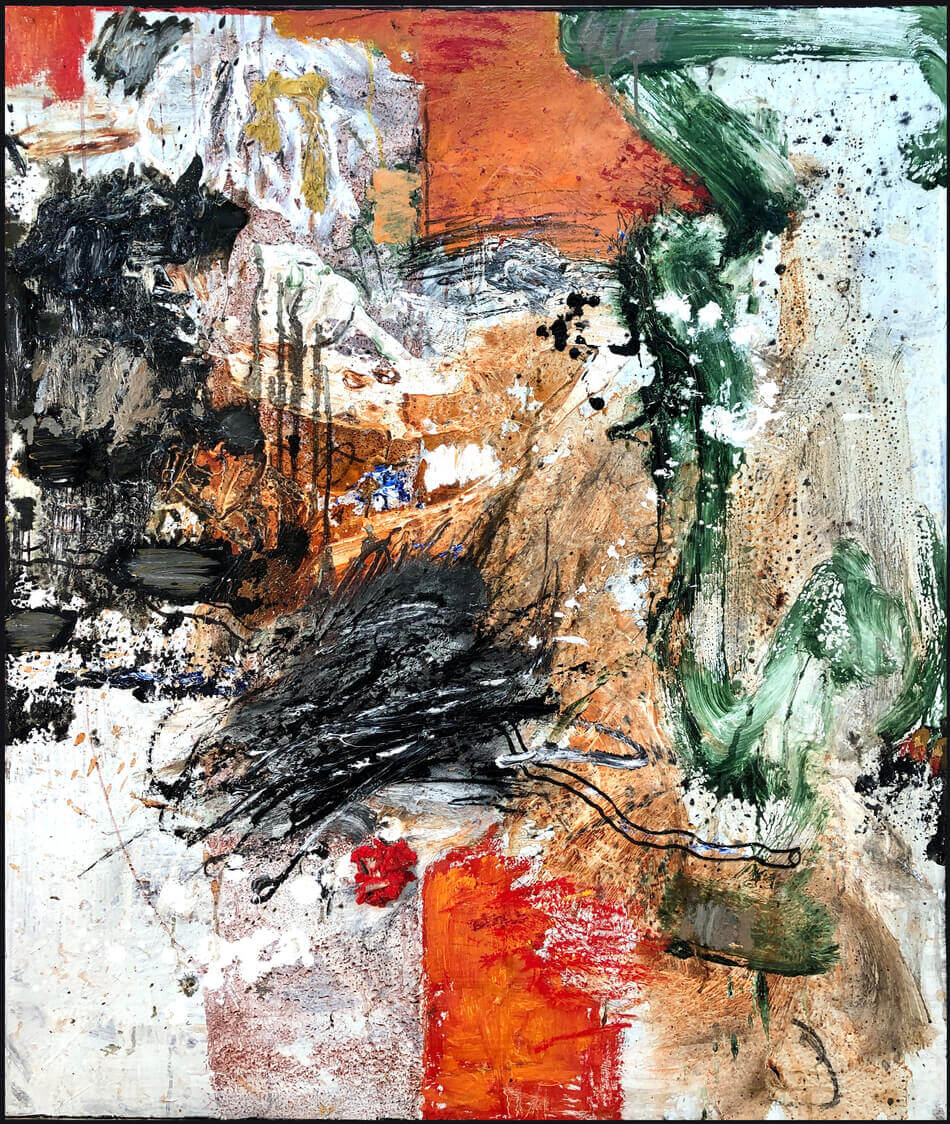
LC – How much has the city/country in which you grew up/born affected your work as an artist?
PB – I grew up in Germany just after the Second World War and of course, it was a very special time. There was a huge positive energy around me, everybody was glad to still be alive and that the war was over, but also a split later in my teenage years where I and my friends asked ourselves who was really to blame for all the terrible things that had happened. I carried this split with me for many years and it contributed to my emigration. My language became art, music, and poetry. Something that had always been natural to me even as a child and which was appreciated by all the people around me. Parents, teachers, friends. I’ve always felt safe with it and I am happy and grateful to have had access to this channel, this ability to express myself. And still have.
LC – Among the several techniques you use, which one do you prefer to practice and which are most compelling for you?
PB – I have always painted. Of course, I have tried other things as well, sculpture or graphics, but only for a short time. I simply haven’t been able to find any meaning in it, haven’t been able to express myself with it.
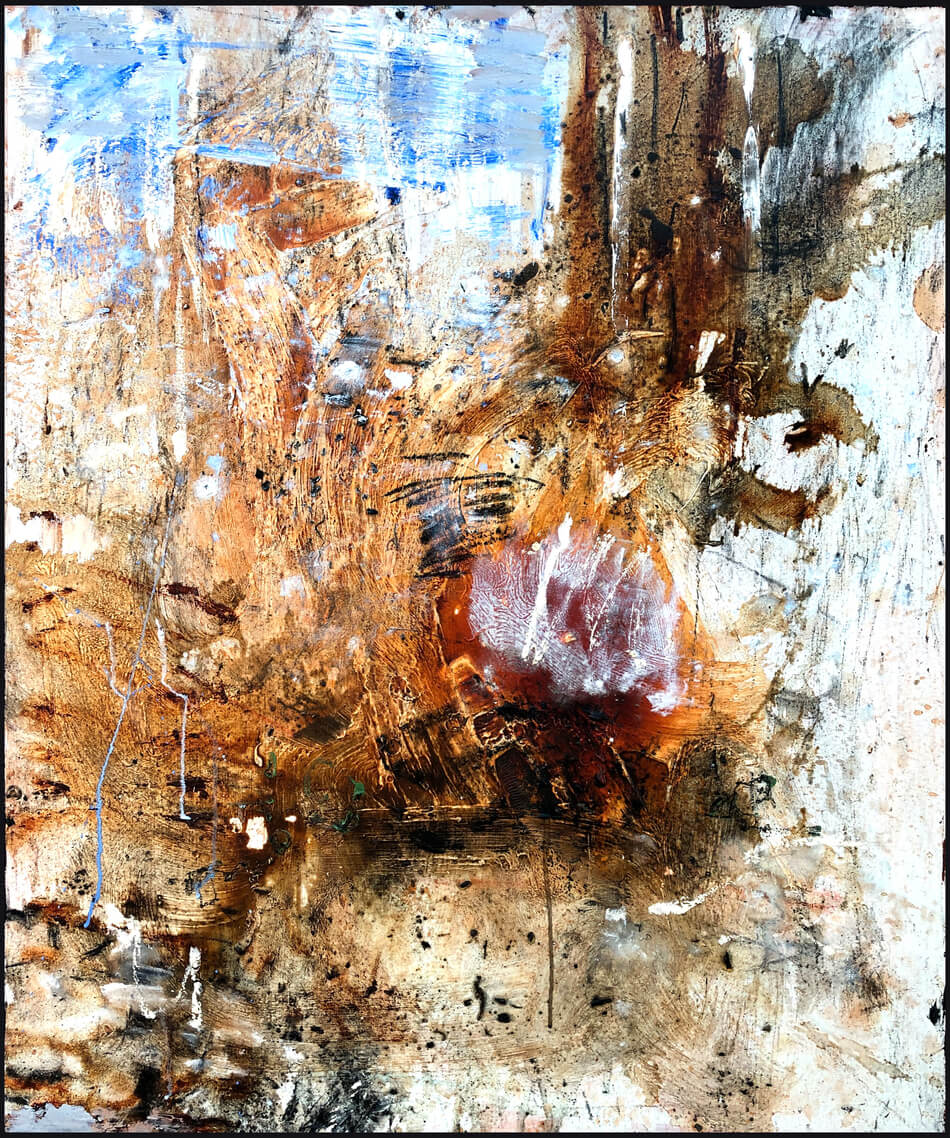
LC – Did your style change over the years? In which way?
PB – Yes, absolutely! However, not so much over the years, but on a single special occasion in my life. 1982. It would take too long to explain how it happened but I started my art education with a great interest and admiration for the old masters. Rembrandt, Leonardo, Velasquez, Goya etc. Eventually, however, this technique-emphasized storytelling became too cramped for me, in a long-repressed longing for spontaneity, in connection with a personal mental crisis, I burst out into the wonderful chaos of uncontrolled, artistic madness that broke all boundaries and set me free. Then of course, sure, my artistic expression has changed even in a longer perspective over the years in the same way my life, feelings and ideas have changed. Nothing is ever the same.
LC – How is being an artist nowadays?
PB – I don’t know anything about that. I’m not a political person so I don’t claim to know how it is for others. I love my life my artistic language and my ability to touch. I have always done that. For me, being an artist is not so much a profession but my life. It’s ME.
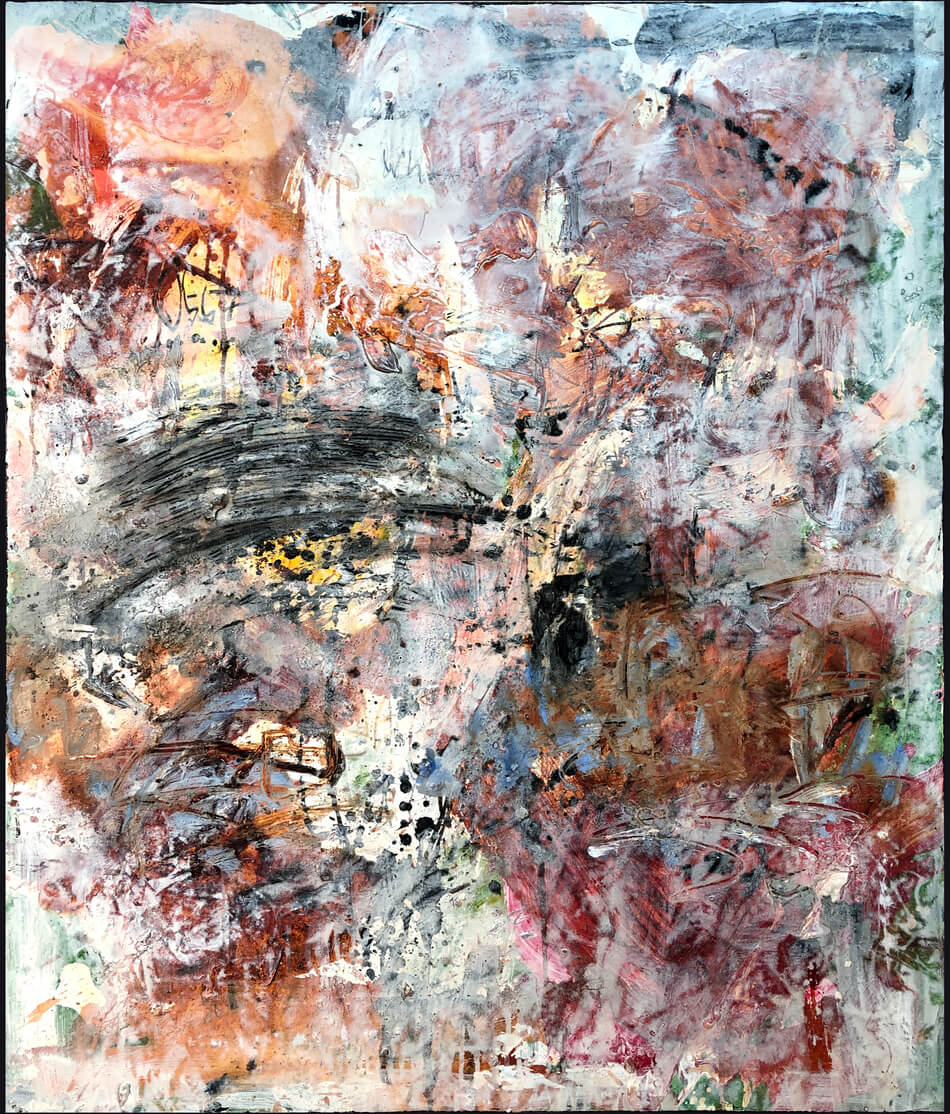
LC – Do you agree with our vision of art and what do you think about the theme of the exhibition?
PB – Yes, I like it. When I saw the theme “Body Spaces” I immediately thought that it suited me perfectly. Because I use a lot of my bodily presence when I create. Both inner, archetypal images and outer, physical action.
LC – Your last artistic production attracted us, has the artwork presented been created for the exhibition or as a part of preexisting works?
PB – Thanks for the compliment. As I said above, I was attracted by the title of the exhibition and created this Triptych with paintings I have done before.

LC – Do you think ITSLIQUID GROUP can represent an opportunity for artists?
PB – Yes, I think so. Although I think at the same time that everyone has to make their own decisions and find their own personal path in life. Follow the joy and what feels good! For me, as I said, the communication with the representatives of ITSLIQUID was perfect, I felt seen and respected and that little conversation with Luca Curci at the opening of “Body Spaces” in Venice will stay with me as a nice memory.
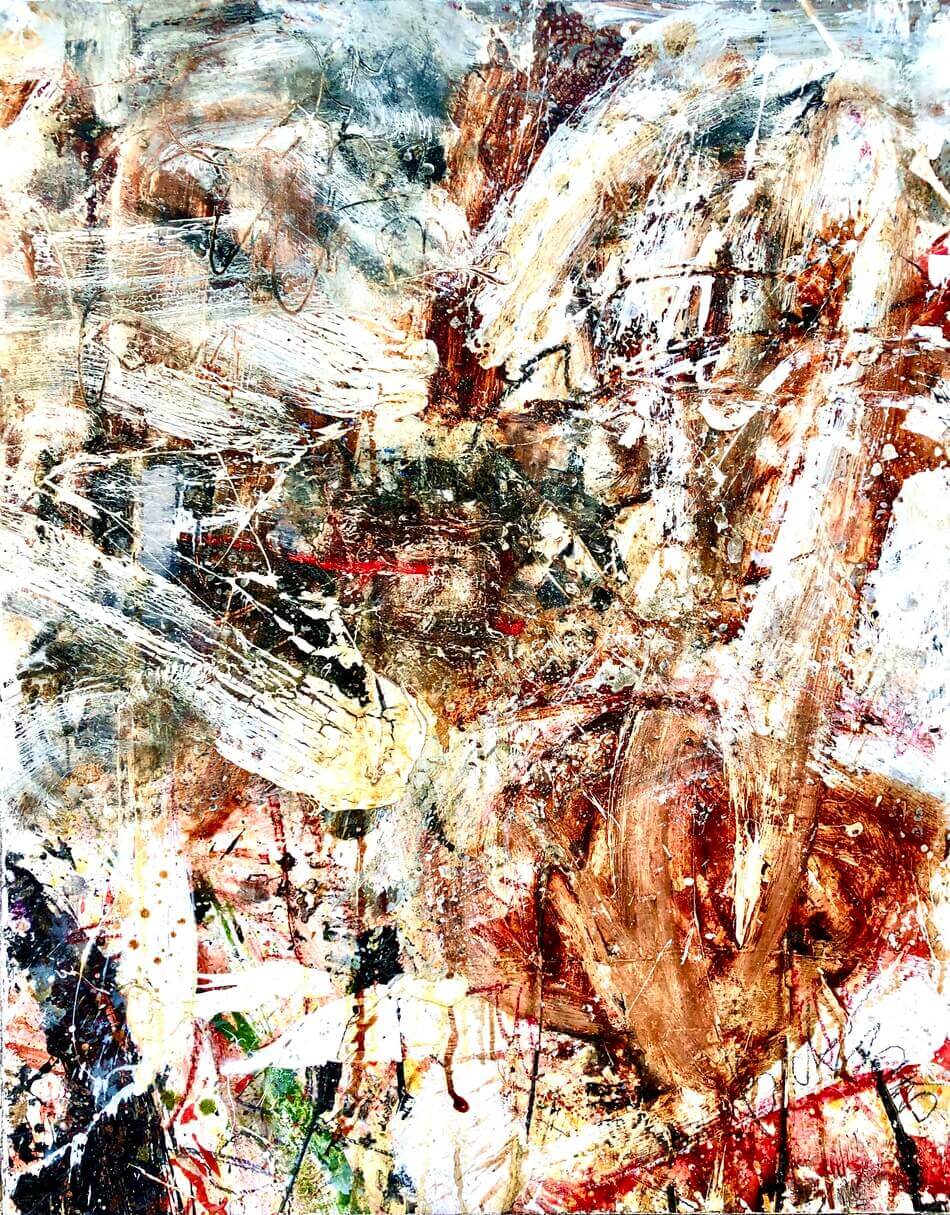
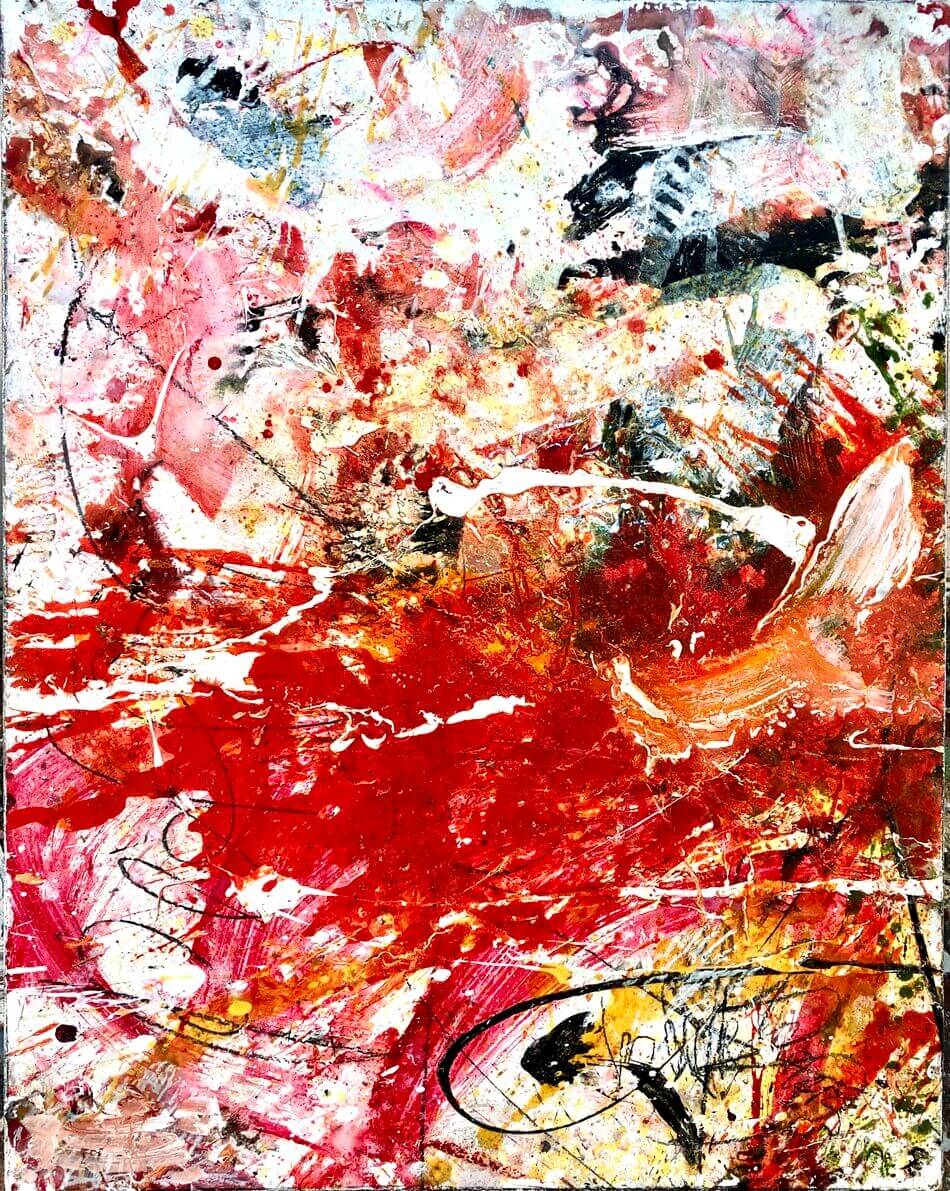
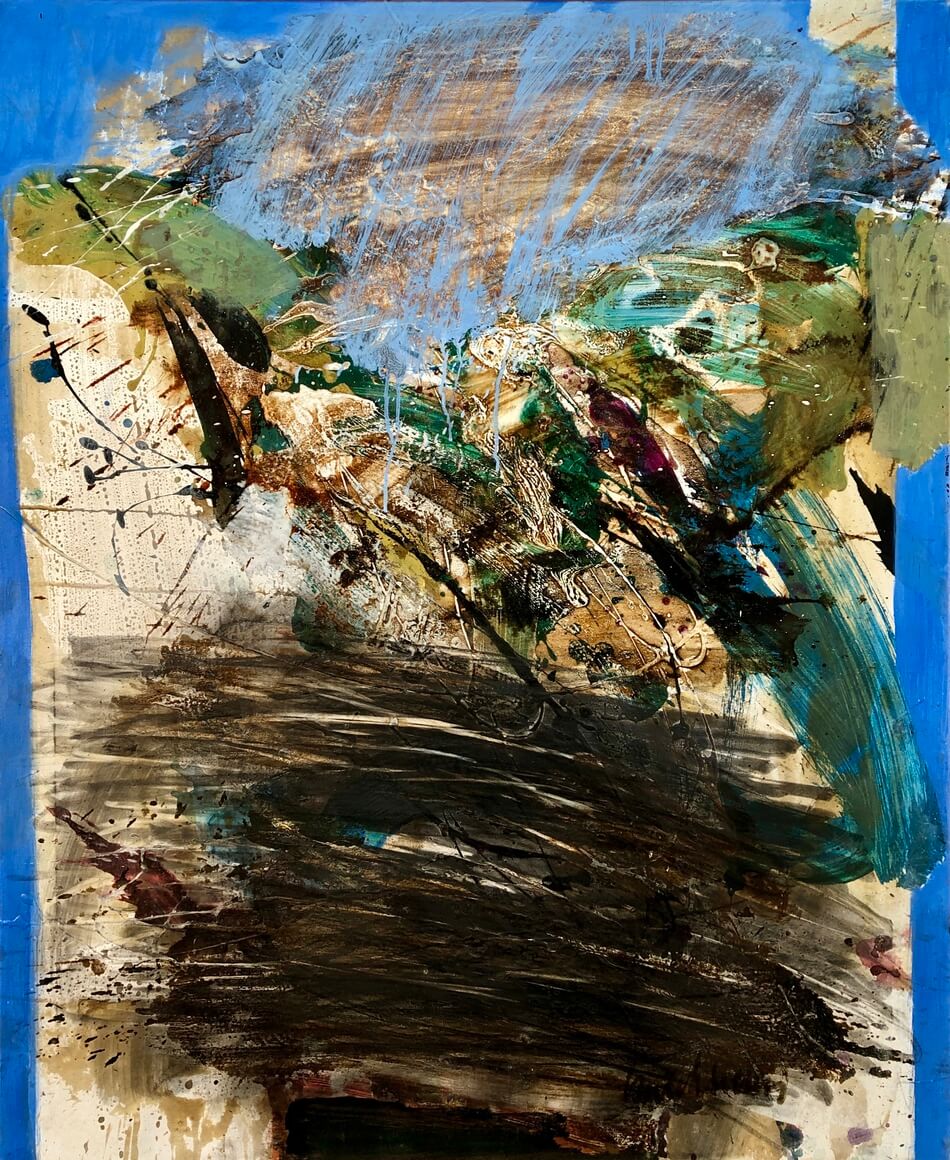
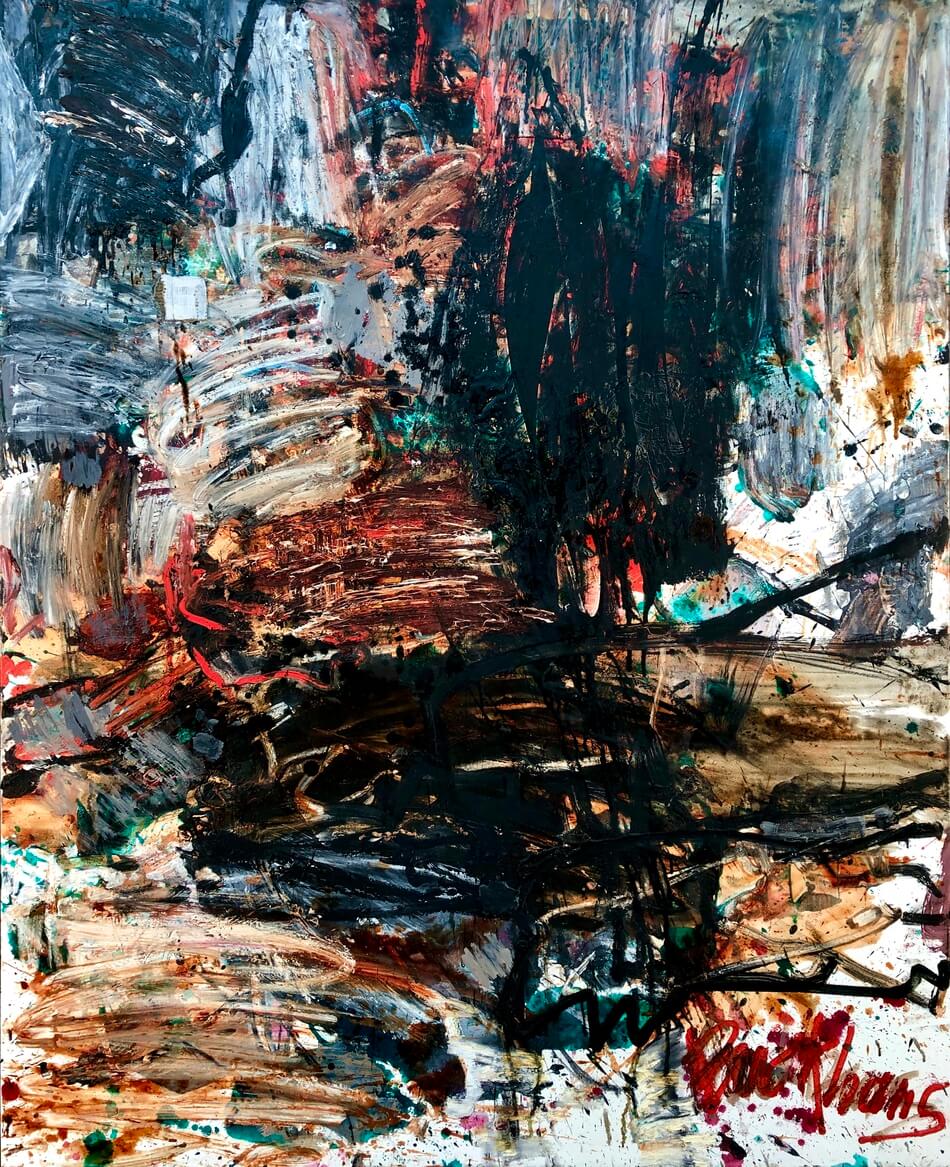
Are you an artist, architect, designer? Would you like to be featured on ITSLIQUID platform? Send an e-mail to info@itsliquid.com or fill the form below

